
When you think of the NSW Central Coast, your mind might go to beautiful beaches, untouched national parks, city-quality cafes and bars, and waterways offering boating and fishing opportunities for a lifetime (or two). But what about history?
If you’re into history and heritage, it’s time to jump in the car and make the 45-minute trip north from Sydney for a day spent exploring the past, in the present. (Or, as you’ll see after reading the list below, spending an entire weekend, more like.)
The NSW Central Coast offers cultural tours exploring the life of traditional owners who have called this land home for millennia, run by Darkinjung Local Aboriginal Land Council. Its rich history and heritage also includes the house of an 1800s poet, one of Australia’s earliest shipbuilding hubs, and forgotten tales and relics of convict and colonial times. In this article we give you seven of the best time-travelling experiences the NSW Central Coast has to offer.
Long before the Central Coast was known for its stunning beaches and lush national parks, it’s remained the home of the Darkinjung, Gurungai and Awabakal peoples, who lived, cared for and thrived on this land for thousands of years. Today, more than 5000 registered Indigenous sites span the Central Coast. Some of the best-preserved rock engravings, more than 2000 years old, are at the Bulgandry Art Site Aboriginal Place in Brisbane Water National Park.
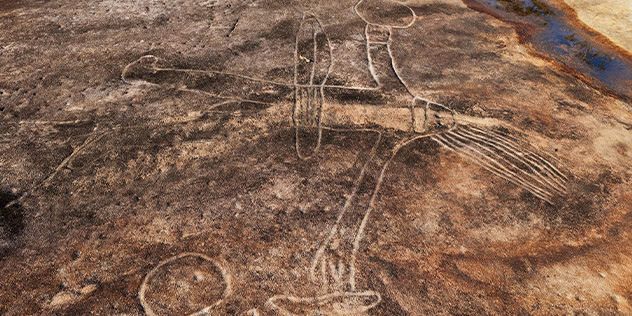
Meet the Central Coast’s first peoples and hear the stories of this culture for yourself. You can book Aboriginal heritage tours with Girri Girra Aboriginal Experiences, exploring local bushland with an Aboriginal Identified guide, connecting you to Country. Join a small-group tour where Girri Girra owner Tim shares knowledge of native foods, traditional medicinal plants and shares his connection to the land. Girri Girra also offers demonstrations of traditional tool-making, didgeridoo performances and smoking ceremonies.
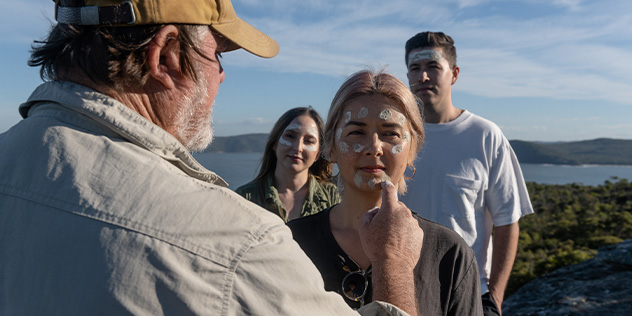
If you’re seeking Central Coast history tours that allow you to sit back and relax – than having to read plaques (and maybe Wikipedia on your phone) – Heritage Ventures has you covered. This small tour provider offers guided experiences from village explorations to river cruises and historical tours throughout some of the region’s national parks. Focusing on the rich history of the Lower Hawkesbury region, you can even join a geologist on a guided bushwalk, learning how this primordial part of Australia went from Gondwana, 200 million years ago, to the sandstone landscape of the present day.
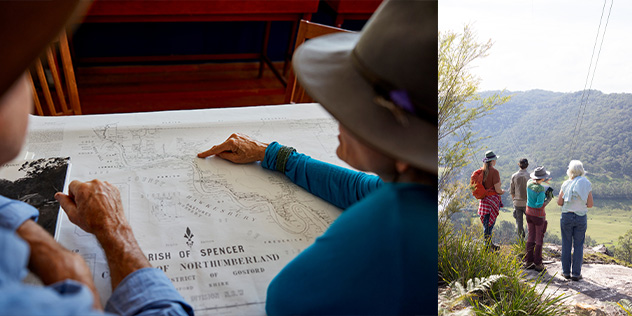
One of the best-preserved examples of convict infrastructure is a narrow road winding through bushland near Wisemans Ferry – the Old Great North Road. Situated in the lush Dharug National Park, the Old Great North Road was built using convict labour between 1826 and 1836, and originally formed part of the link from Sydney to the Hunter Valley. Today, a 7km stretch is listed as part of a UNESCO World Heritage Site. For those on the hunt for historical site trails, you can see convict graffiti, original bridges, tall stone retaining walls, a quarry and more – on foot, or by mountain bike.
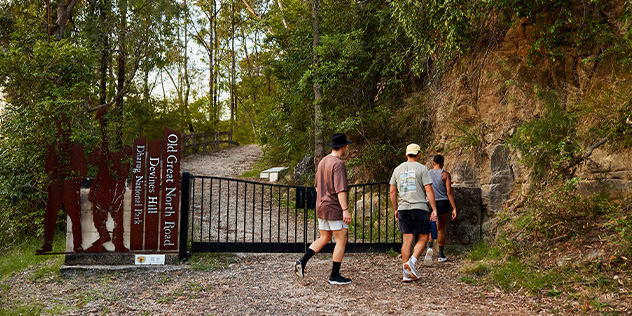
After it was finished in 1903, Norah Head Lighthouse protected ships sailing the rugged NSW east coast – and even today still lights up the night-time ocean. Offering ocean vistas (and unmatched opportunities for budding Instagram photographers) this is one of the few lighthouses in Australia open to the public seven days a week. Book a tour, climb the 96 steps to the top of the lighthouse, and uncover the stories of the lighthouse’s past. Between May and November, this is also a prime whale watching location.

For more than 120 years, a stretch of coast near Kincumber was one of the busiest shipbuilding hubs in Australia. Hundreds of timber vessels from ferries to pearling boats were built here. While the hammers and chisels fell silent in 1953, today you can roam where the boats were made, along the Four Villages 'Shipbuilders’ Heritage Walk, a dedicated 3km paved and flat walkway from Kincumber to Davistown (wheelchair and pram friendly). Take in the bush, water views, cafes – and history – along the way.
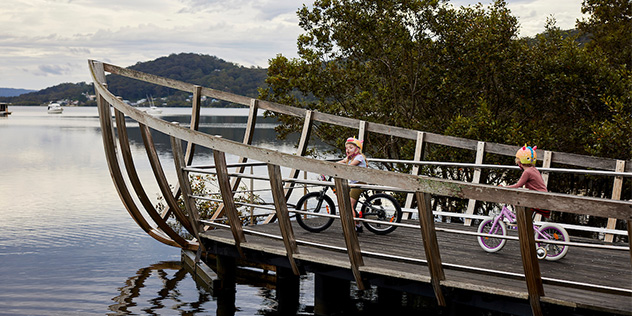
Tucked away in West Gosford is a time capsule to the 1830s – the Henry Kendall Cottage, built between 1836 and 1840 using convict labour and the eventual home of local poet Henry Kendall. Further north in Wyong, visitors to the Alison Homestead can take in a preserved rural scene and glimpse life as it was for some of the earliest European settlers. The original house was built shortly after William Alison purchased the land in 1875, and was the oldest established rural homestead in the Wyong District.